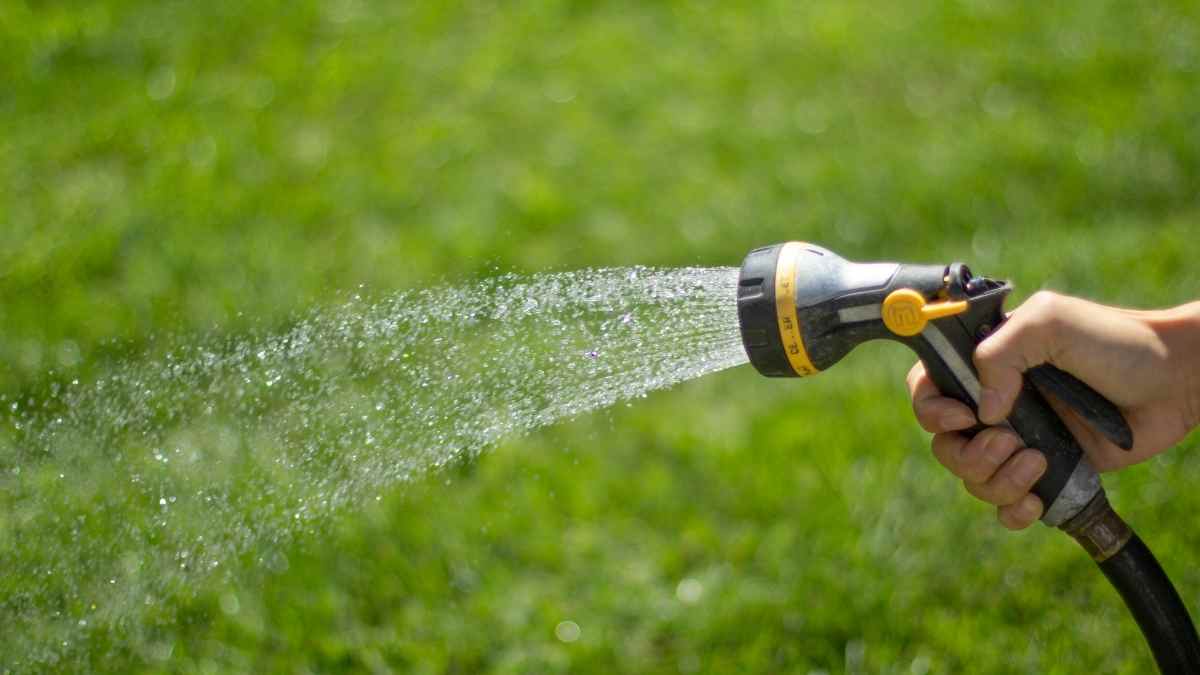Hey there, green thumbs! Are you tired of wasting gallons of water on your plants every day? Well, fear not, because I am here to share some earth-friendly tips on how to water your plants without creating waste.
First off, let me just say that being eco-friendly is not only good for the planet, but it can also save you some serious cash in the long run. By reducing your water usage, you can lower your water bill and even improve the health of your plants.
Now, let’s get to the juicy stuff. Did you know that over-watering your plants can actually harm them? That’s right, folks. Just like humans, plants need a balance of water and nutrients to thrive. So, don’t be a helicopter plant parent and hover over your plants with a watering can all day.
Instead, try watering your plants early in the morning or late in the evening when the sun’s rays are not as harsh. This way, your plants can absorb the water before it evaporates. Also, pay attention to the type of soil your plants are in, as some soils retain moisture better than others.
So, let’s say goodbye to wasteful watering habits and hello to happy, healthy plants (and wallet). Together, we can make a difference, one drop at a time.
Understanding the Water Needs of Plants
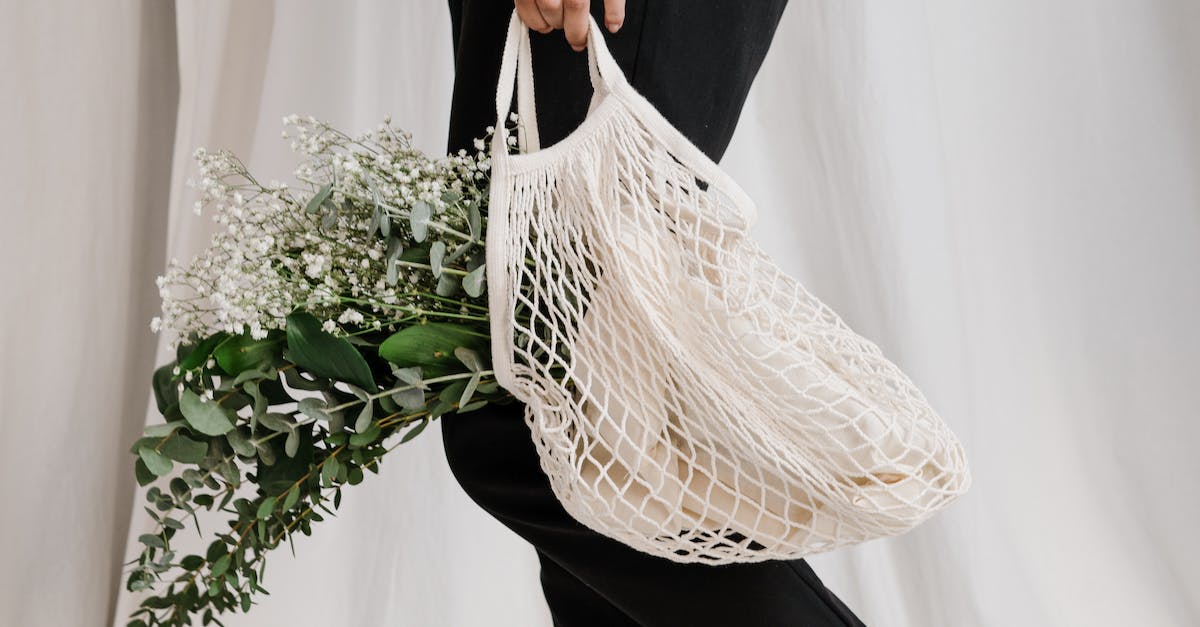
As an eco-friendly enthusiast, one of the most important things you can do is to conserve water. And what better place to begin than with your plants? But before you can start conserving water, it’s important to understand the water needs of your plants. Here are a few tips to guide you:
- Know your plant: Each plant has its own unique water requirements. Understanding the water needs of your plant is the first step towards watering it efficiently.
- Observe your plant: Observe your plant carefully, and look for signs of water stress. Some plants show visible wilting or drooping leaves, while others simply stop growing. If your plant has a lot of yellowing leaves, this could also be a sign of overwatering.
- Water at the right time: The time of day you water your plants can make a big difference. Watering during the hottest part of the day can result in excessive water loss due to evaporation. It’s best to water either early in the morning or late in the evening.
- Water at the right rate: Watering too quickly or too slowly can lead to water waste. Water your plants at a rate that allows the water to soak in, without running off or pooling on the surface.
- Use the right watering technique: Different plants have different watering needs. Some prefer a gentle sprinkle of water, while others do better with a deep soak. Pay attention to what your plants need and adjust your watering technique accordingly.
By understanding the water needs of your plants, you can save water and create a healthier, more eco-friendly garden.
Choosing the right watering tools
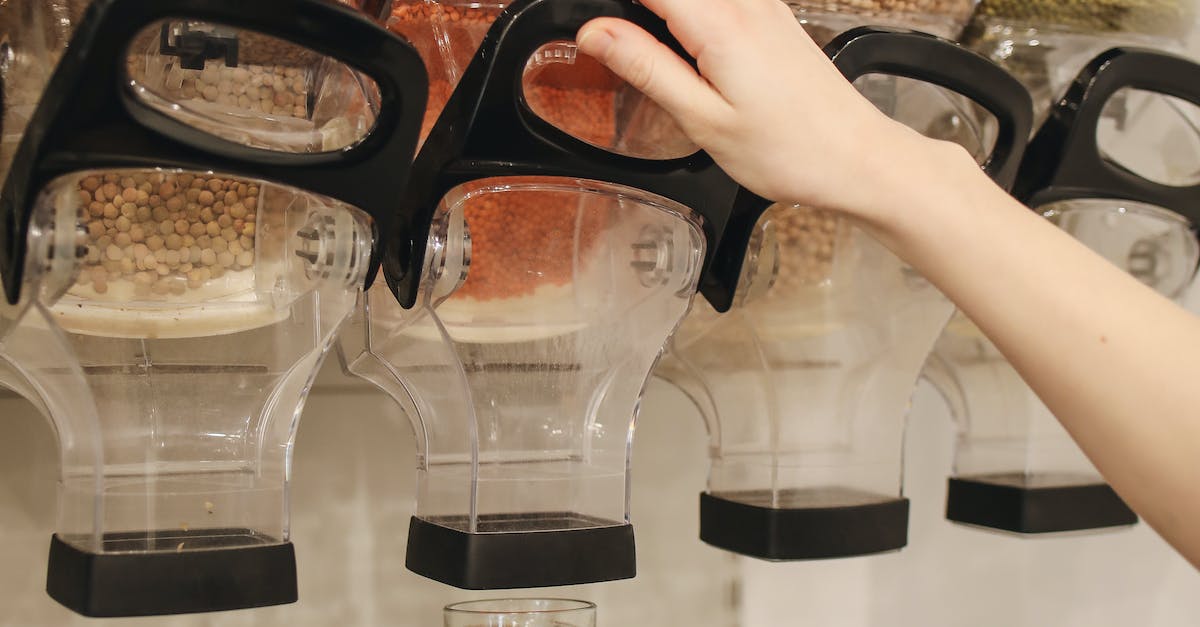
When it comes to watering your plants, choosing the right tools can make a significant impact on reducing waste. Here are some tips on selecting the best watering tools for your needs:
-

Fashionably Green and On-The-Go
£16.50 Select options This product has multiple variants. The options may be chosen on the product page -
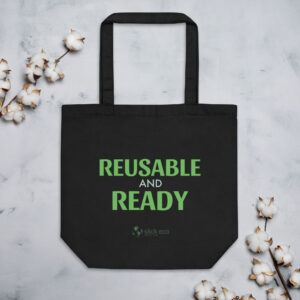
Reusable and Ready Eco-Friendly Tote Bag
£16.50 Add to cart
- Watering can: A watering can is a classic tool for a reason. It allows for precise watering and makes it easy to target specific plants without getting water on unwanted areas. Look for one with a detachable spout for easy filling and cleaning.
- Drip irrigation: For larger gardens or plant beds, drip irrigation is a great option. It delivers water directly to the roots of plants, reducing evaporation and runoff. Plus, it can be set up with a timer, so you don’t have to worry about watering every day.
- Hose nozzle: If you prefer using a hose, invest in a high-quality nozzle with adjustable settings. This will allow you to control the flow and spray pattern, minimizing waste and ensuring plants get the right amount of water.
- Rain barrel: Consider installing a rain barrel to collect rainwater for your plants. This is a sustainable way to water your plants while also reducing your water bill.
Choosing the right watering tools can help you save water and ensure your plants thrive. By being mindful of your water usage and selecting tools that promote efficiency, you can reduce waste and support a healthy, eco-friendly garden.
Timing Your Watering Right
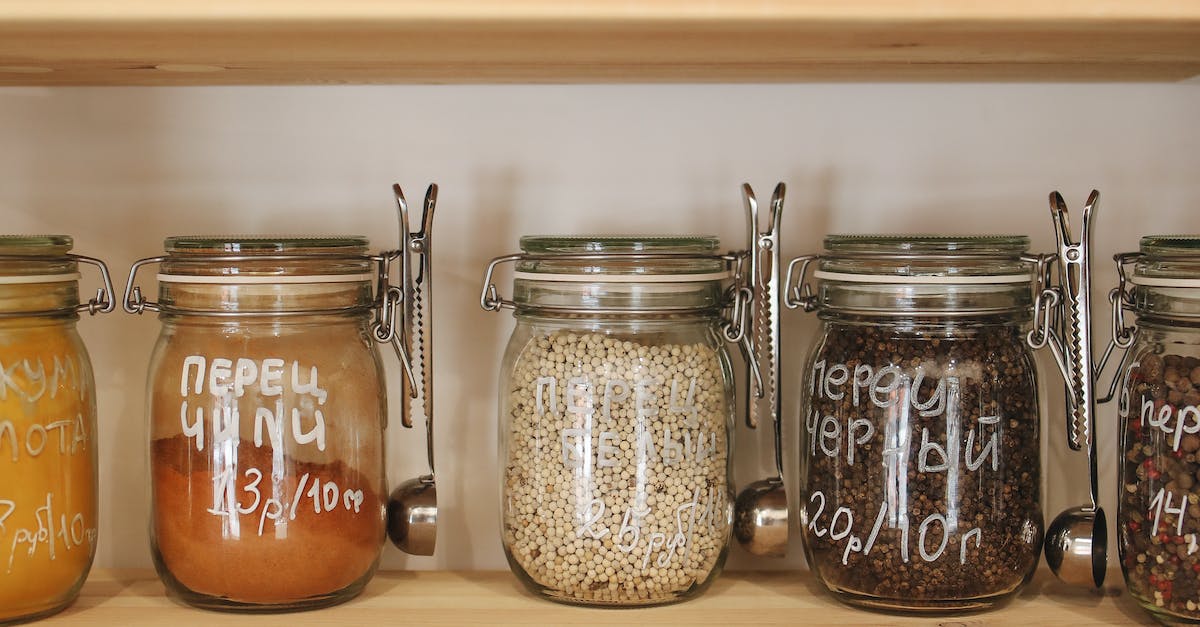
Water is a precious resource, and it’s important to use it wisely. When it comes to watering your plants, timing is everything. Here are some tips to help you water without wasting:
- Water in the morning: Watering in the morning before the sun gets too hot is the best time. This allows the plants to absorb the water they need before the heat of the day evaporates it away. Plus, watering in the morning means the leaves have time to dry off before nighttime, which reduces the risk of fungal growth.
- Water deeply: It’s better to water deeply once or twice a week than to give your plants a little drink every day. This encourages deep root growth, which makes plants more drought-resistant in the long run.
- Water according to plant needs: Different plants have different water needs. Some, like succulents and cacti, prefer dry soil and only need to be watered once a week or even less. Others, like thirsty tomatoes, need more frequent watering. Water your plants based on their individual needs, and avoid overwatering.
By timing your watering right, you’ll keep your plants healthy and happy without wasting water. So get out there, grab your watering can or hose, and go make a positive difference for the planet!
Properly Soil Preparation and Mulching
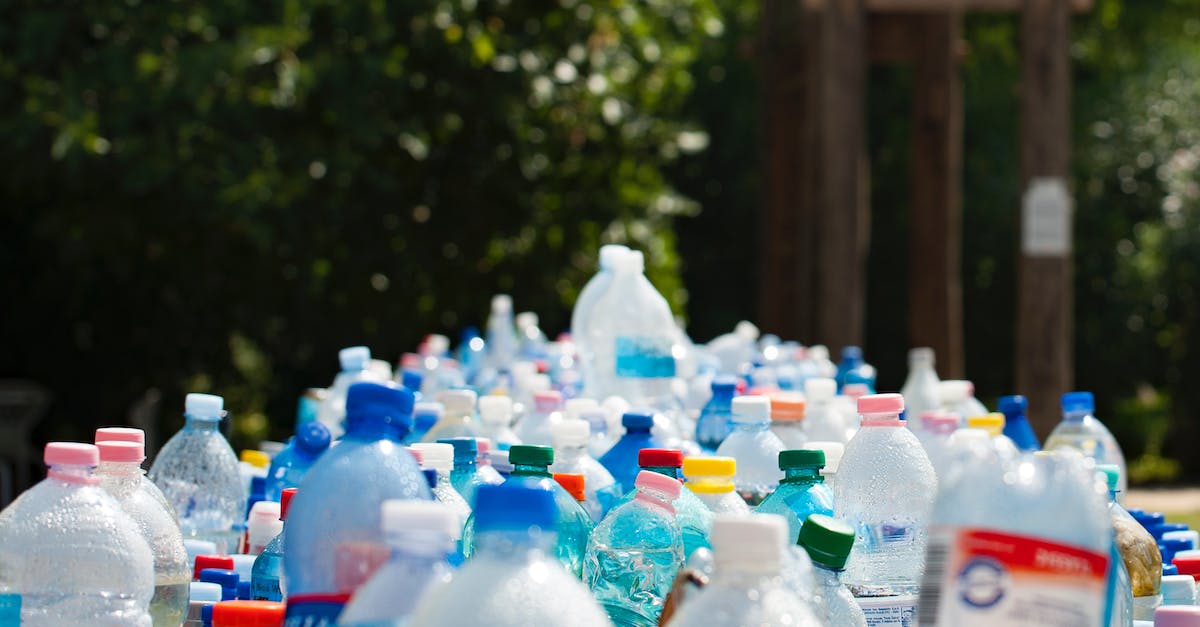
Properly Soil Preparation and Mulching: When it comes to watering plants efficiently, soil preparation and mulching play a crucial role. Here are some tips and benefits to consider:
- Aerate the soil: When soil is compacted, it prevents water from reaching the roots of plants. Therefore, it is essential to loosen the soil by gently tilling or using a garden fork to create small holes. This will allow water to flow more easily and reach the roots of the plants.
- Use organic matter: Adding organic matter, such as compost or leaf mulch, to your soil can help retain water and prevent it from evaporating too quickly. This means you’ll need to water less frequently and conserve more water in the long run.
- Apply mulch: Mulching is another effective way to prevent water loss. By applying a layer of organic matter over the soil, you can help retain moisture and prevent the sun from drying out the soil. This can also benefit your plants by maintaining a consistent soil temperature and preventing the growth of weeds.
- Opt for drought-tolerant plants: Consider planting drought-tolerant plants that require less water than other plants. This can help conserve water resources and reduce the amount of water you need to use to keep your garden healthy and thriving.
By following these tips for soil preparation and mulching, you can reduce the amount of water wasted in your garden and ensure that your plants receive the right amount of water for their needs. Not only will you conserve water resources, but you’ll also save money and time on watering your plants.
Techniques to Avoid Watering Waste
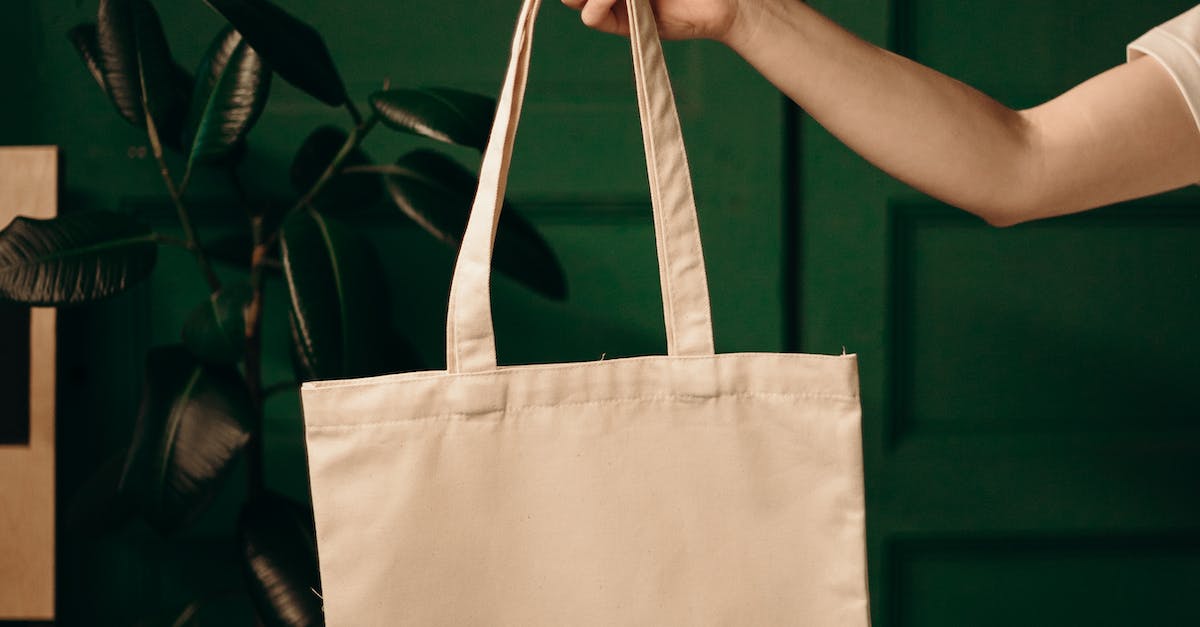
- Collect and reuse rainwater: Rainwater is one of the best sources of water for your plants, and collecting it can help you avoid wasting water from your tap. Use a rain barrel or other container to collect the water, and then use it to water your plants as needed.
- Water in the early morning or late evening: Watering your plants during the heat of the day can cause a lot of the water to evaporate, which means you’re wasting water that’s not even reaching your plants. Instead, water your plants in the early morning or late evening when the temperatures are cooler and the water will have a chance to soak into the soil.
- Use a drip irrigation system: Drip irrigation systems are a great way to water your plants without wasting water. By delivering water directly to the roots of your plants, you can avoid overwatering and reduce the amount of water that’s lost to evaporation.
- Group plants by watering needs: Different plants have different watering needs, so it’s important to group your plants accordingly. By putting plants with similar watering needs in the same area, you can avoid overwatering some plants and under watering others.
- Monitor soil moisture: One of the biggest causes of water waste is overwatering. To avoid this, it’s important to monitor the moisture level of your soil. Stick your finger into the soil and if it feels dry, it’s time to water. If it feels wet, wait a day or two before checking again.
By following these tips, you can keep your plants healthy and hydrated while also doing your part to conserve water. Remember, every drop counts!
Conserve Water and Help the Environment
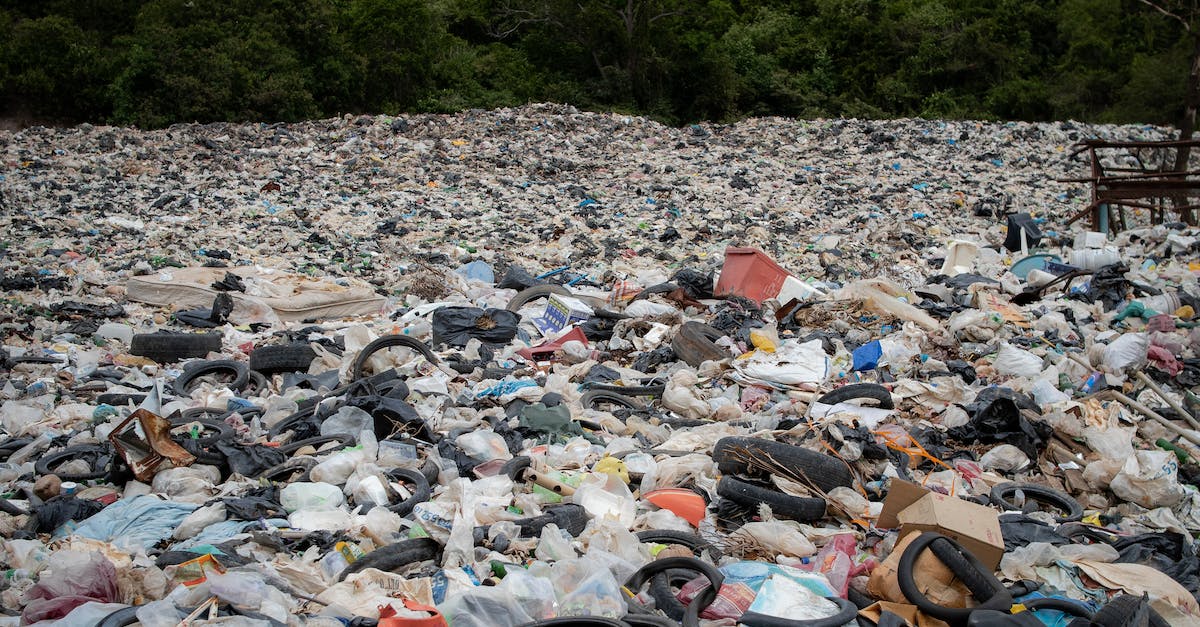
- Collect Rainwater: One of the best ways to water your plants without creating waste is to collect rainwater. You can do this by placing a rain barrel under a spout, gutter or drainpipe. This saves you money as well, since you won’t have to pay for water to sustain your plants.
- Water in the Morning: When you water your plants early in the morning, they have plenty of time to absorb the water before the sun gets too hot, so you won’t lose as much water to evaporation. Additionally, this can help prevent mold and disease from developing on your plants.
- Use Mulch: Mulching your plant’s soil can help retain moisture, which means you’ll need to water less frequently. This also helps keep the soil cooler, which can prevent root damage in hot weather. Using organic mulch (e.g. shredded leaves, straw, or grass clippings) also helps add organic matter to the soil and creates a healthier environment for your plants.
- Plant Drought Tolerant Plants: Choose plants that are suited to your region and require less water to thrive. This not only conserves water, but also means you’ll have to water less frequently. Many native plants are already adapted to your area’s natural climate and won’t require much additional watering once established.
- Use a Hose Nozzle: Rather than using an open hose, attach a nozzle to your hose to help control water flow. This allows you to target the water more effectively and prevents excess water from spraying out which would result in wastage.
- Recycle Water: Finally, one simple way to conserve water when watering plants is to recycle water. One way is to water your plants with vegetable cooking water, you can also reuse water used for cleaning fruits and vegetables or for fish tanks. Just make sure the water you’re recycling doesn’t contain any substances or chemicals that can harm your plants.
In conclusion, conserving water helps our environment and ensures that we have enough to meet our needs. By following these simple tips, we can water our plants without creating waste and take a step towards a more sustainable lifestyle.
Conclusion
And there you have it, folks! A fantastic selection of eco-friendly watering techniques that will not only help you save water but also make your plants thrive.
By implementing these simple and practical solutions, you can reduce your ecological footprint, protect our valuable natural resources, and support sustainable living practices. Every little step counts when it comes to promoting a greener and healthier planet for all of us.
So, let’s get into action and make a positive impact on the world! Whether you choose to use a decorative rain barrel, a DIY drip irrigation system, or simply collect rainwater in a bucket, you can rest assured knowing that you’re doing your part to reduce waste and conserve water.
After all, the world needs more eco-friendly enthusiasts like us who care about making a difference. So, keep on spreading the word, and let’s make sustainable living a way of life. Remember, every drop counts!

